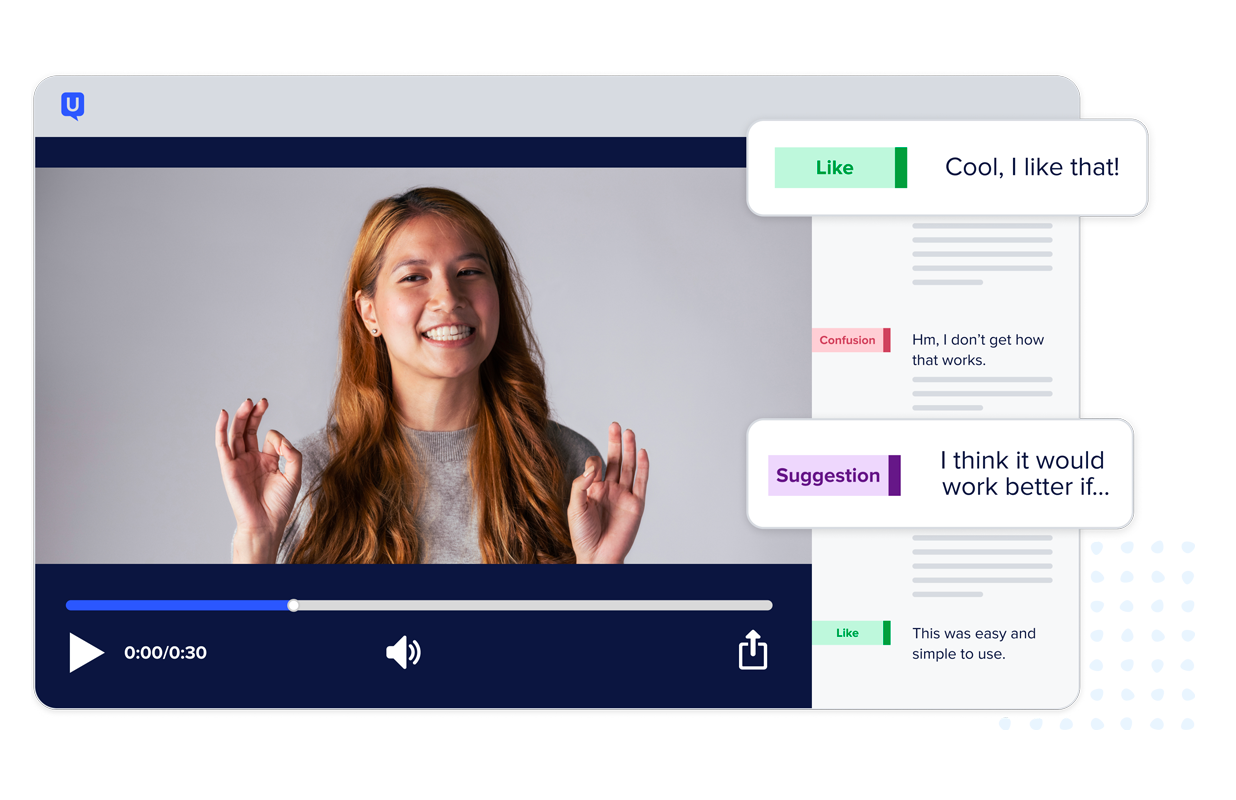
Now's the time to pivot to experimentation and innovation testing

Today's guest post comes from Arielle Kilroy, VP of Product at Small Improvements.
Over the last few weeks, many questions have circulated within my network of product leaders about how to deal with the COVID-19 crisis. Recently, they’ve shifted from operational to strategic, and I find myself giving the same advice over and over to product people and designers: now is the time for experimentation and innovation.
Whether you’re lucky enough to be in an industry that’s doing okay or even thriving, or one that’s struggling, this is the time to shift from optimization to innovation.
Yes, first and foremost, your organization should be prioritizing financial survival, but immediately after that, from a product and design perspective, we should be asking ourselves: “How can I steer my product so we're in the best possible position when this is all over?”
Here are my top tips for an innovation testing program during this crisis.
1. Be prepared to ditch your roadmap
There’s a lot of thinking out there on when, how, and what kind of product roadmaps can be useful for different types of companies. If you work at a company that insists on detailed, quarterly product roadmaps, this is a great opportunity to revisit that. Perhaps you rearrange things. Perhaps you de-scope a feature so you can get the core of it out, or perhaps you ditch it all and test to replace it. Just remember, it's easy to move with the current, but that won't always bring you to shore.
2. Use multiple test techniques
The traffic your product is receiving has likely changed and may not currently reflect your target market. So how do you improve without statistical significance? Triangulate! Internally, at Small Improvements, a B2B HR tech company, I call these "signals." In essence, it's about combining two or more testing techniques to validate a direction. For example, run a survey and a qualitative low-fi prototype test. Or combine virtual customer interviews with value prop landing page tests. Or add a hi-fi prototype qualitative test to an A/B test with low numbers. If both tests point you in the same direction, go forth!
3. Remember your "good enough" principle
Unless you work in a high-security industry (and then, sometimes even if you do), I'll remind you to follow a good enough policy in your testing work. Remember that the point of testing is to learn. Your test only needs to be good enough to learn what you want to learn. With different restrictions, from limited audiences to limited resources, it's incredibly important to stay focused on your learning goal and not put unneeded time into pixel perfection or edge cases. This can be an extra hard challenge for y'all with design backgrounds. But if you are testing "right," you'll iterate on everything anyway before it's rolled out broadly. So don't stress over perfection, stress over gaining confidence! Which leads me to….
4. Test it again and again and again
Remember your basics here. Make incremental investments that match your confidence level. Don't build shippable, scalable software for a product or feature that regular testing hasn’t validated is worth that investment.
Start small and test the tiniest thing you can to learn if you should pursue an idea. This is where qualitative testing shines. Draw it on paper. Take photos. At Small Improvements we regularly put drawings into UserTesting’s Human Insight Platform to see if an idea warrants more investment. It's fast, easy, and most importantly, allows us to learn enough to decide if we want to invest more time into it. If we decide to invest more time, we'll likely use a series of no-code prototype qualitative tests until the results show that we've nailed a solution to our defined problem. This saves us time because we build with confidence.
5. Second "first impressions"
Many of your customers might be taking a break from using your product or using it a lot less regularly, now. This is scary, but it also creates a great opportunity to create a second "first impression." Or to put it another way, while in the short term you may lose the opportunity to delight your customers on a regular basis, in the medium/long term you've gained an opportunity to really wow them.
When they come back, will they view your product unchanged, or will they be delighted that it’s so much better than they remember? Take advantage of a returning opportunity to remind your customers why you’re the best.
Experiment and innovate to remain relevant
In my career to date, I've personally never seen a company optimize itself to relevance. For every anecdote, there’s an exception, but ask yourself, is your product or service the exception? What will ensure your relevance in the future? Now is the time to prioritize innovation and experimentation to cement your relevance to your customers, no matter what’s happening in the world around us.

Unlock your customer insight ROI
Discover the hidden ROI of your customers' insights. Book a meeting with our Sales team today to learn more.





